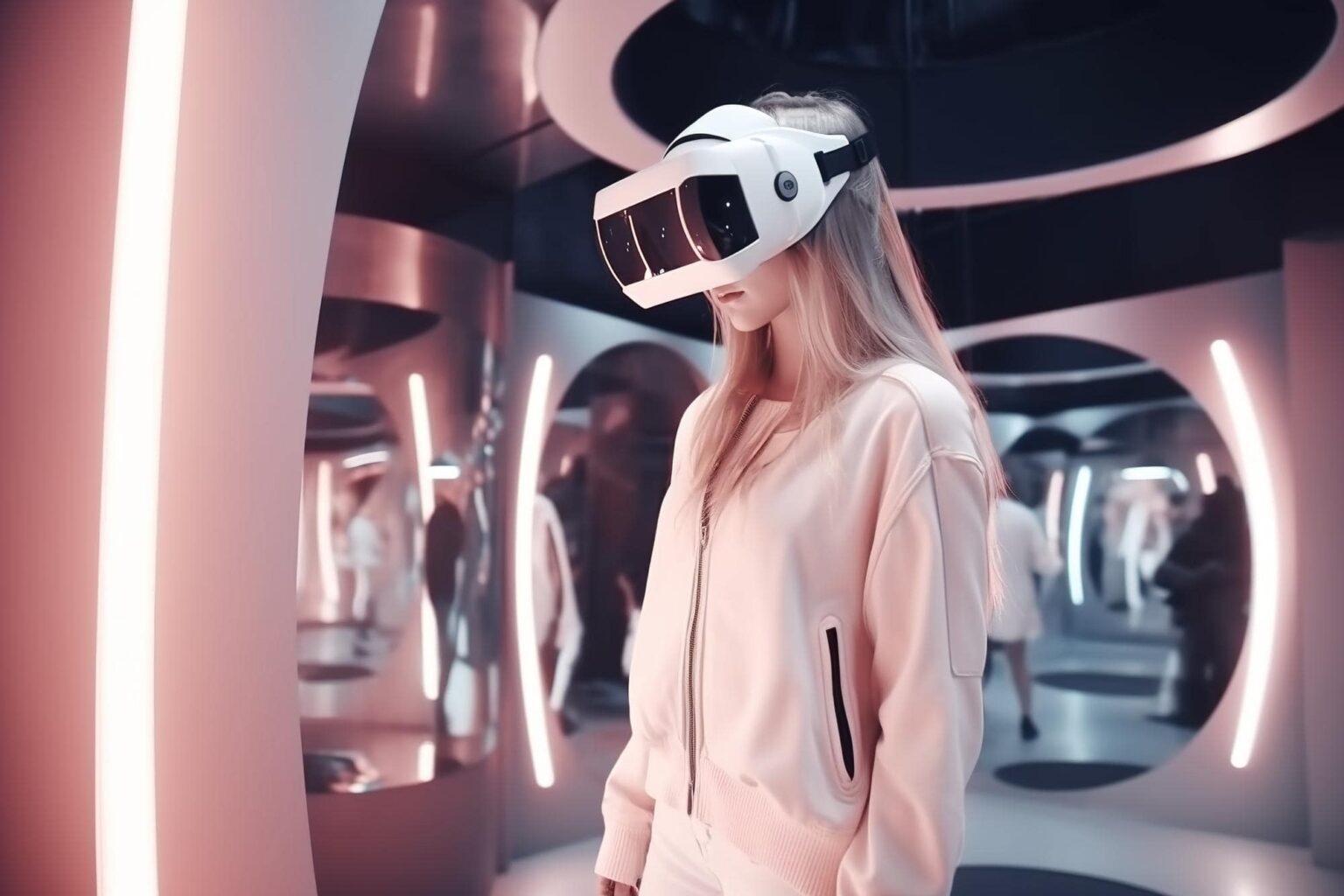The future of AR glasses and VR headsets is poised for significant advancements in hardware and design, offering more immersive, comfortable, and versatile experiences. Here are some key areas of development that we can expect to see:
- Improved Display Technology: AR glasses and VR headsets will feature advancements in display technology, such as higher resolution screens, wider field of view (FOV), and improved pixel density. These enhancements will provide users with more detailed, realistic, and immersive visual experiences.
- Lightweight and Ergonomic Designs: Manufacturers are working towards developing lightweight and ergonomic designs for AR glasses and VR headsets. Future devices will be more comfortable to wear for extended periods, reducing fatigue and discomfort. They will also offer adjustable sizing, improved weight distribution, and better ventilation to enhance overall user comfort.
- Compact and Portable Form Factors: AR glasses and VR headsets are expected to become more compact and portable, making them easier to carry and use in various settings. Advances in miniaturization and lightweight materials will enable sleeker and more streamlined designs, enhancing mobility and convenience for users.
- Enhanced Optics: The future of AR glasses and VR headsets will feature advancements in optics to deliver clearer, sharper, and more immersive visuals. This includes improvements in lens quality, reduction of screen-door effects, and advancements in eye-tracking technology for more precise rendering and focusing.
- Varifocal Displays: Varifocal displays, which dynamically adjust the focus based on the user’s gaze, are anticipated to become a standard feature in future AR glasses and VR headsets. This technology will provide a more natural and comfortable viewing experience, reducing eye strain and enhancing visual clarity for objects at different distances.
- Advanced Tracking and Sensing Capabilities: AR glasses and VR headsets will incorporate advanced tracking and sensing technologies to enable more precise and accurate spatial mapping and object recognition. This will enhance the interaction between virtual and real-world elements, enabling more seamless and realistic mixed reality experiences.
- Integration of AI and Machine Learning: AI and machine learning will play a significant role in the future of AR glasses and VR headsets. These technologies will enable intelligent features such as real-time object recognition, scene understanding, personalized content recommendations, and adaptive rendering, providing users with more personalized and context-aware experiences.
- Wireless and Untethered Experiences: The future of AR glasses and VR headsets will focus on wireless and untethered experiences, eliminating the need for cumbersome cables. Advancements in wireless communication technologies, such as high-bandwidth wireless connections and low-latency streaming, will enable users to have more freedom of movement and flexibility in their interactions.
- Integration of Biometric Sensors: AR glasses and VR headsets will integrate biometric sensors to monitor users’ physiological data, such as heart rate, eye movement, and brain activity. These sensors will enable more personalized experiences, adaptive content delivery, and provide insights into user engagement and well-being.
- Augmented Audio Experiences: Future AR glasses and VR headsets will offer improved audio experiences to complement the visual immersion. This includes spatial audio technologies that accurately simulate 3D soundscapes, personalized audio profiles, and integration with voice assistants for seamless voice interactions.
The future of AR glasses and VR headsets is an exciting prospect, with advancements in hardware and design pushing the boundaries of immersive technologies. These innovations will enhance user experiences, enable new applications across various industries, and bring us closer to a world where virtual and augmented realities seamlessly blend with the physical environment.



